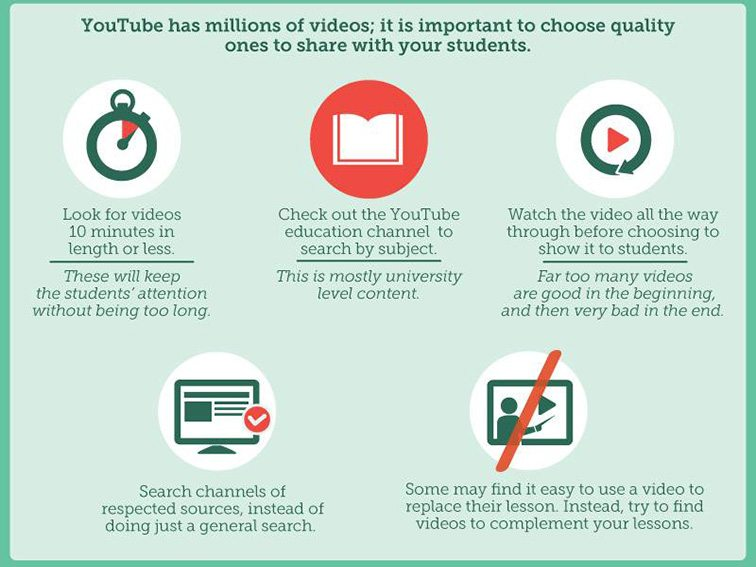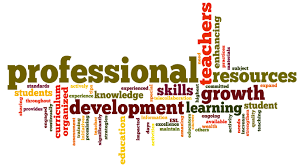How to Use YouTube for Educational Purposes: Tips and Tricks

YouTube for Educational Purposes:
YouTube is no longer just a platform for entertainment and cat videos—it has become one of the most powerful tools for educational purposes. With millions of videos covering virtually every topic imaginable, YouTube offers learners of all ages a wealth of knowledge at their fingertips. Whether you’re a student looking for supplementary learning, a teacher trying to enhance your classroom content, or simply a lifelong learner seeking to expand your skills, YouTube has the potential to revolutionize the way we learn.
However, to make the most of YouTube for educational purposes, it’s important to approach it strategically. In this article, we’ll explore how to effectively use YouTube as an educational tool with practical tips and tricks that will help you learn faster, stay engaged, and avoid distractions.
1. Identify Credible Educational Channels
One of the key challenges when using YouTube for educational purposes is sifting through the vast amount of content to find credible and reliable sources. Not all content on YouTube is educational, and not all educational videos are accurate. Therefore, it’s essential to focus on high-quality, well-established channels.
Recommended Educational Channels:
- CrashCourse: Offers in-depth, engaging video courses on subjects like history, biology, literature, and more, all delivered in a fast-paced, animated format.
- Khan Academy: Provides comprehensive lessons on subjects ranging from math and science to economics and humanities. Many of their videos come with accompanying exercises.
- TED-Ed: Features animated lessons on a wide range of topics, often featuring prominent experts and educators in various fields.
- Veritasium: Focuses on science and physics, often tackling complex topics in an easily digestible format with real-world applications.
- freeCodeCamp: For those interested in learning programming, freeCodeCamp offers full coding tutorials and projects across languages and technologies.
How to Find Good Educational Channels:
- Use Playlists: Many educators and organizations create playlists based on specific subjects or courses. These playlists provide a structured way to access content on a topic in a logical, sequential manner.
- Check the “About” Section: Look for credentials, affiliations, or the background of the channel creator in the “About” section to verify their credibility.
- Read Reviews and Comments: User feedback in the comments section can often give you insight into how effective a video or channel is.
2. Create a Learning Playlist
One of YouTube’s hidden gems is its ability to create custom playlists. Playlists allow you to organize educational videos around specific topics, creating a personalized learning pathway.
How to Create a Playlist:
- Choose a Topic: Decide what you want to learn. It could be a specific subject (e.g., chemistry basics) or a broader topic (e.g., entrepreneurship).
- Search for Videos: Once you’ve found quality educational videos, click on the “Save” button under the video and select “Create New Playlist.” You can title your playlist to reflect the topic.
- Add More Videos: As you continue watching videos, keep adding them to the playlist. Over time, you’ll have a curated set of videos that form a mini-course on your chosen subject.
Pro Tip: You can also use public playlists shared by others in the community. Many educators or professionals create playlists and share them with their followers. Look for these by searching for your topic + “playlist” in YouTube’s search bar.
3. Use YouTube’s Speed Controls and Subtitles
YouTube offers tools that can enhance your learning experience, particularly the playback speed and subtitle features.
Speed Controls:
- Adjust Playback Speed: You can slow down or speed up a video depending on how fast you want to absorb the material. This can be especially useful for detailed or technical content. To adjust speed:
- Click the three dots (More Options) on the video player.
- Select “Playback Speed” and choose from options like 0.75x, 1.5x, or 2x speed.
Pro Tip: Slowing down the video (e.g., to 0.75x) is ideal for videos that include a lot of complex information, while increasing the speed (e.g., to 1.5x) can be helpful for review or when you’re already familiar with the topic.
Subtitles and Closed Captions:
- Turn on Subtitles: YouTube has a subtitle feature that automatically generates captions for videos. While these captions aren’t always perfect, they can provide additional clarity, especially for technical terms or when the speaker has a strong accent.
- Translate Subtitles: Some videos allow you to translate subtitles into multiple languages, making the content accessible to a wider range of learners.
4. Engage Actively with Content
Just passively watching videos is not enough for optimal learning. To make YouTube a more effective educational tool, you should engage with the content actively.
Active Learning Strategies:
- Take Notes: Treat YouTube videos like you would a lecture or textbook. Take notes while watching and pause the video to reflect on what you’ve learned.
- Ask Questions: If a video leaves you with questions, search for additional videos on the same topic. Use the comments section to engage with other learners or the video creator.
- Apply What You Learn: For subjects like coding, language learning, or science experiments, try to apply the concepts you’ve learned by practicing the skills in real life or using interactive tools (e.g., coding platforms, language apps).
5. Use YouTube for Collaborative Learning
YouTube isn’t just a solitary experience. Many channels encourage collaboration, discussion, and peer learning. Engaging with these communities can help reinforce your understanding of the material.
How to Use YouTube for Collaborative Learning:
- Join Discussions in the Comments: Many educational channels have active communities in their comment sections where viewers ask questions, share resources, or discuss the material in detail.
- Follow Up with Related Videos: Use YouTube’s “Up Next” feature to explore related content and deepen your understanding. Often, this will lead you to new channels or creators who present material in a different way.
- Share Playlists: If you’re studying with others, consider sharing playlists. You can discuss what you learned together, ask questions, or even create your own videos explaining what you’ve learned.
6. Avoid Distractions and Stay Focused
One of the challenges of using YouTube for educational purposes is avoiding distractions. With so many unrelated videos tempting you to click on them, it’s easy to lose focus.
Tips to Stay Focused:
- Use “Theater Mode”: In YouTube’s player settings, you can switch to theater mode for a more immersive learning experience with fewer distractions on the screen.
- Use Focus-Mode Extensions: Browser extensions like “StayFocusd” or “LeechBlock” can limit your access to distracting content on YouTube by blocking or restricting time spent on non-educational videos.
- Schedule Study Time: Set aside specific periods for watching educational videos and stick to your schedule. Treat it like a formal study session rather than a random browsing activity.
7. Create Your Own Educational Content
For learners who want to solidify their understanding of a topic, teaching others can be a powerful method. YouTube is an excellent platform for creating and sharing educational content. By creating your own videos explaining a concept, you not only reinforce your knowledge but also contribute to the broader educational community.
How to Create Educational Content:
- Choose a Topic: Pick something you’ve learned and want to teach. It could be a subject you’re passionate about or something you’ve recently studied.
- Prepare Content: Use notes or slides to organize your thoughts. Structure your video clearly with an introduction, explanation, and summary.
- Record and Edit: You don’t need expensive equipment—just a smartphone and basic video editing software can be enough to create high-quality videos.
- Publish and Share: Once your video is ready, share it on YouTube and promote it through social media or online learning communities. You can also engage with viewers in the comment section to enhance the learning experience.
Conclusion
YouTube is a versatile and powerful educational tool, but to make the most of it, you need to use it strategically. By identifying credible channels, creating playlists, adjusting settings to suit your learning style, and engaging actively with content, you can turn YouTube into a productive and enriching learning resource. Whether you’re learning a new language, exploring a scientific concept, or gaining professional skills, YouTube offers a wealth of opportunities to expand your knowledge and enhance your education.



